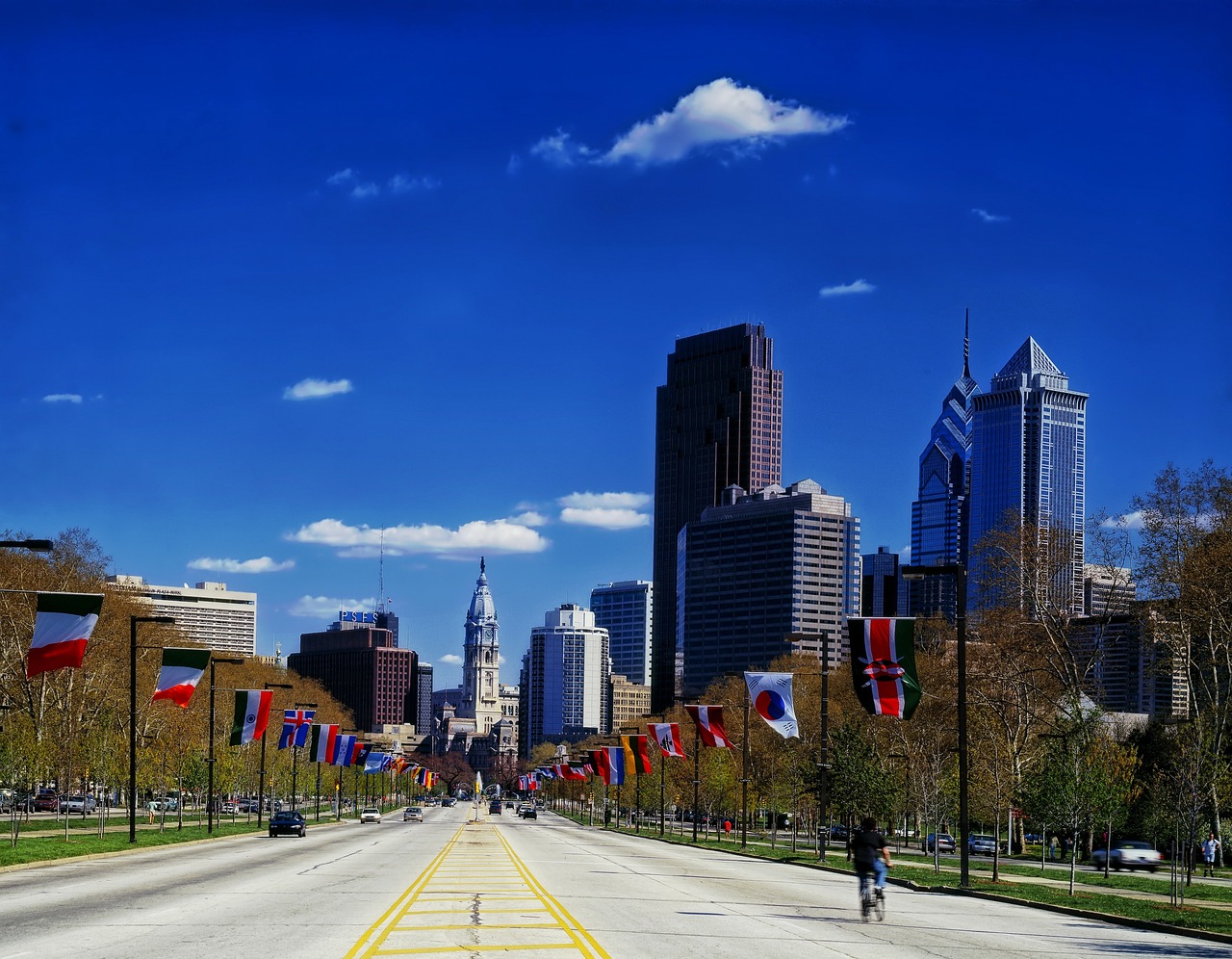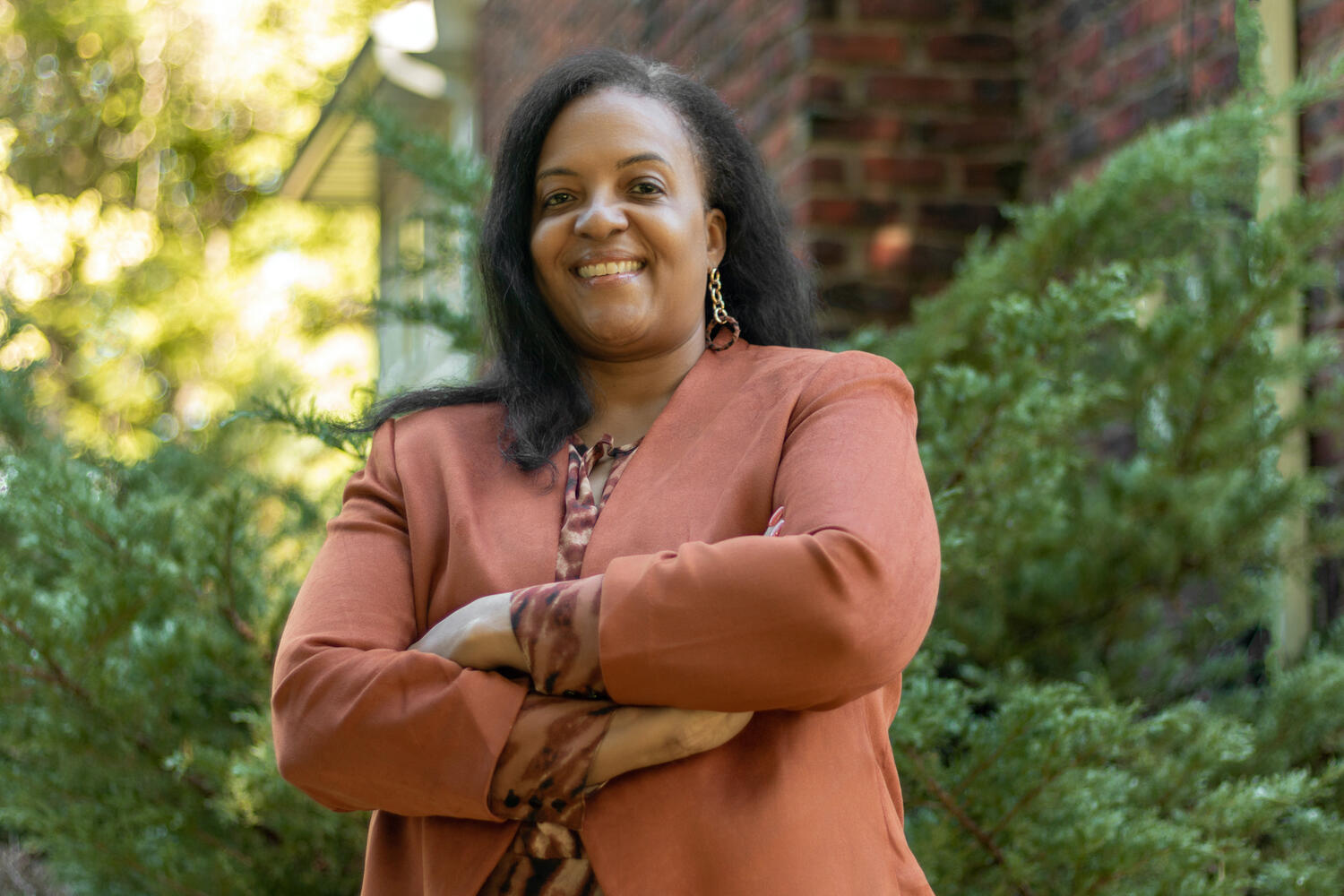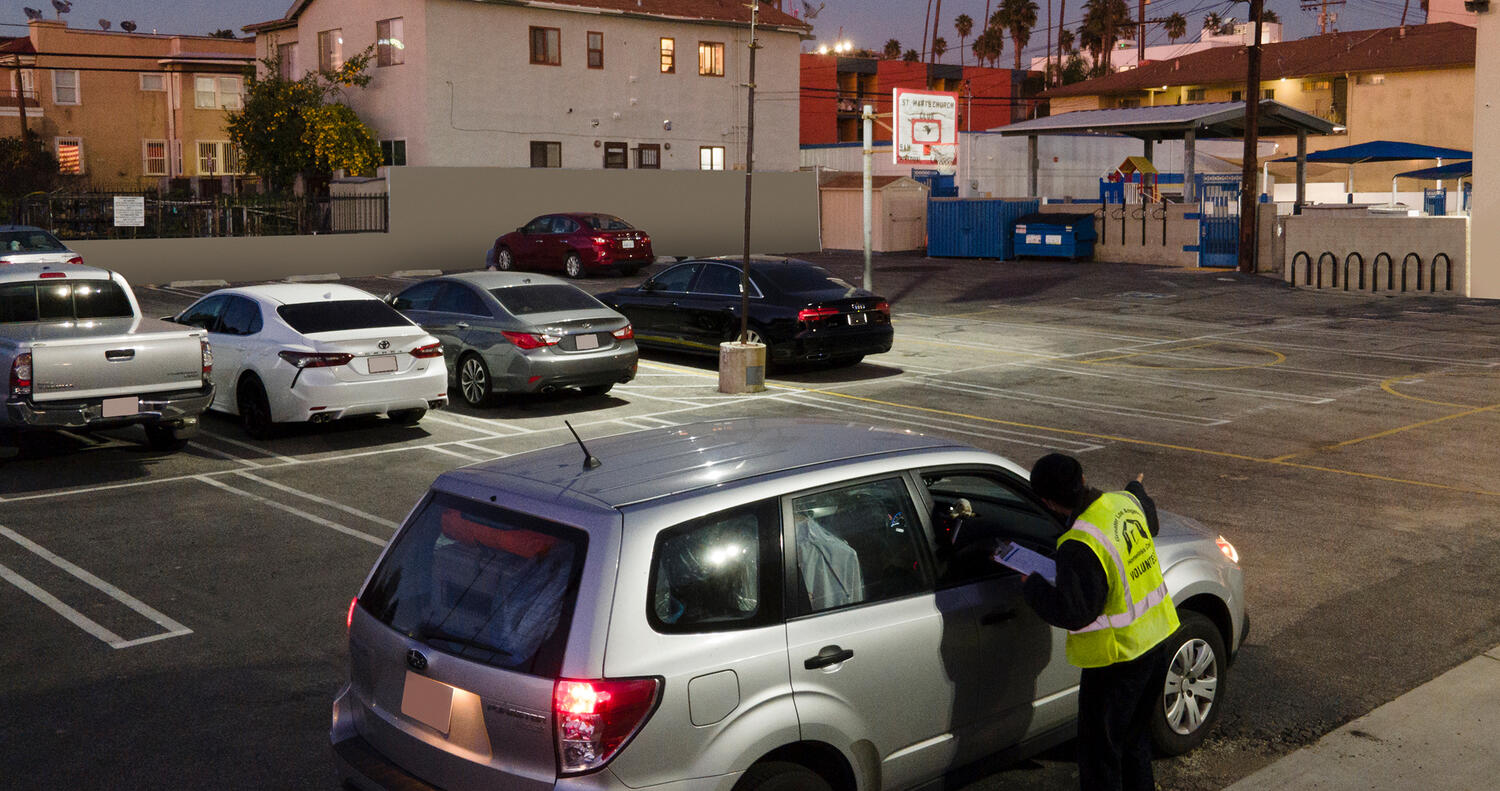A conversation with Belmont Alliance Civic Association CDC
Belmont Alliance Civic Association, CDC, (B.A.C.A., CDC) is a 30-year-old nonprofit based in the Belmont District of West Philadelphia, but, when it comes to meeting community needs, is a “service provider with no boundaries.” Many parents rely on B.A.C.A., CDC for everyday essentials like diapers. In addition to addressing these immediate needs, B.A.C.A., CDC is making long-term investments in efforts to ensure its community can thrive for years to come. NFF team member Michelle Obert spoke with executive director Bettye Ferguson about BACA’s plans and priorities.
Michelle: The pandemic has had significant effects on both the services and operations of nonprofits and the people working for and being served by the nonprofit sector. How did B.A.C.A., CDC adjust to the pandemic, and what did it look like for you and the families you serve?
Bettye: Adjusting to the pandemic was frustrating not only to B.A.C.A., CDC but to the families we serve. Everyone was confused, scared, but most of all not knowing what direction to take. B.A.C.A., CDC had to come up with a plan to help but in a safe way without placing ourselves in harm’s way.
We had to move to curbside service and work from the hall of our building instead of inviting people in. It was rough at first because our request for masks, latex gloves, hand sanitizer, and plexiglass partitions was delayed for more than three months. We moved the application process for our infant/toddler diaper bank online, so we could maintain social distancing and speed up the process of getting people what they needed.
Michelle: We saw the strength of community-based organizations like B.A.C.A., CDC in mobilizing the response to COVID. What does it mean to you to be community centered and community first?
Bettye: To me, being community centered means paying it forward. As a child, I moved to West Philly and had the experience of seeing strong African American women. They would take us on trips and provide cultural activities. Never in my wildest dreams did I think I would be doing the same thing. I found myself creating a community garden, babysitting neighborhood children, and teaching them gardening just to keep the older ones out of mischief. My motivation is to see them grow and be fruitful with their own families and helping them have a good life in the struggle.
How do you plant a seed in a child?
Water it – then watch it grow. When we think about what’s needed in the community, we think about everything from food to taxation, being profiled by law enforcement, unemployment, drugs, and poverty. We think about how to deal with that as a nonprofit, and where our mission fits in.
Michelle: In our conversations, Bettye, you’ve often talked about how small community-based groups are making a difference yet may not get the same attention as other organizations. So many groups feel left out or left behind from funding or other opportunities. Your work exemplifies the idea that not all assets key to a nonprofit’s mission are financial. The contributions of volunteers and B.A.C.A., CDC’s relationships in the community are other key resources and a big part of how you’ve been able to continue to meet your mission over the past year.
Bettye: Just like big box stores have forced mom and pop stores out of business, in our community you have agencies that are larger and come in with money, and say, “follow us.”
Smaller non-profit groups such as B.A.C.A., CDC have worked tirelessly with low or no financial budgets or adequate building space to make a full difference within their communities.
B.A.C.A., CDC has survived by focusing on our own mission. We work in collaborations, partnerships, and friendships. You can get a lot done with in-kind gifts, even if people don’t give you money. We also think about what our children are being taught. I love to teach how to grow food to help families save a trip to the grocery store for fruits and veggies.
I don’t do things for the pomp and glitter – I just see the need. Sometimes standing in my garden, I notice a child that doesn’t seem to have enough, which lets me know it’s the same for their parent. B.A.C.A., CDC’s drive and mission is to assist them by helping them gain the things they need.
Michelle: Despite the challenges of the pandemic, you’ve been able to move forward on your long-term vision for a new kind of community gathering space, in addition to meeting urgent needs.
Bettye: I am the CEO of B.A.C.A., CDC and it’s my job to keep our projects and planning moving forward, such as: the Early Childhood Learning Program – Book Depot and our Diaper Time is Talk Time, Food Distribution for the needy, Diaper Bank, Personal Care and Feminine Hygiene Product Program or our Community Engagement meetings via Zoom. In addition, we’re in the first of four stages of building the Belmont Commons Cultural Activities Park. This will be the first and only open social space in our community which will include: playful learning, cultural activities, and fitness spaces for all ages and all members of our community. We have proven that social engagement, playful learning, and games are most meaningful to children and can be done without requiring a lot of money.
So often, media attention in our community seems to focus on crime and tragedy, while the good that is happening here receives little attention. We have all types of amenities in our community – like schools, homeownership, doctors, retail stores – but there are no outdoor social spaces or community centers in the Belmont Community, and this is why we are building Belmont Commons Cultural Activities Park.
The Belmont Commons Project design happened in collaboration with community and stakeholders. There will be everything from a puzzle wall for children to a learning path as well as an entertainment pavilion. Not having an outdoor or indoor social space forces our children to play in the street. With the right tools they will not have to do that anymore.
We are fundraising for this project in stages, as we go. The final overall cost will be approximately $600,000 to $700,000 that will produce an outstanding space in our neighborhood for years to come.



